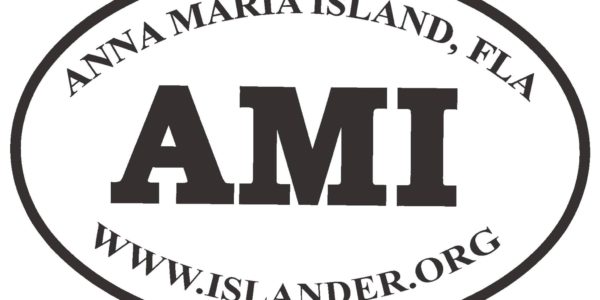Proponents of a plan for the first fish farm in the Gulf of Mexico call the project innovative, sustainable aquaculture.
Opponents say the project would pollute the Gulf and raise economic concerns for Florida’s Gulf coast.
Any and all could hear the pitches and the protests at a meeting set for Jan. 28 at Mote Marine Laboratory in Sarasota, after press time for The Islander. At the hearing, the Environmental Protection Agency was to collect public comment on Kampachi Farms’ application for a pollution discharge permit.
A federal rule finalized in 2016 allows commercial aquaculture operations in U.S. Gulf waters.
With no one biting, the Hawaiian-based Kampachi proposed the pilot fish farm — a pen really — about 45 miles southwest of Longboat Pass in water with a depth of 130 feet. The site, according to EPA documents, is on a portion of the west Florida shelf “heavily trawled by the shrimp fishing industry.”
Kampachi proposes hanging a copper-alloy mesh cage about 17 meters in diameter about 40 meters below the water’s surface using a mooring system that can rotate with the current. The setup also involves anchors and a feed barge.
The pen would hold 20,000 almaco jack for about 12 months, so the fish can grow from fingerlings to a market-ready 4.4 pounds each.
Other stakeholders in the project include Florida Sea Grant, which awards funding for aquaculture research, and Mote Marine Laboratory, which would hatch the fish in a land-based tank.
Kampachi isn’t new to mariculture. The company has tested fish pens off the Hawaiian coast and Time magazine awarded the company a Best Invention of the Year award for its Velella Beta-test pen, which, in addition to “growing” fish, can provide a dive site for snorkel tours and attract fish appealing to charterboat tours.
If the trial in the Gulf works, Kampachi makes clear that more fish farms would be proposed in federal waters.
And that’s one of the reasons opposition to the project is substantial.
More than a dozen of some of the nation’s leading environmental groups challenged the draft permit.
A joint letter to the EPA signed by representatives of Friends of the Earth, Center for Biological Diversity, Food and Water Watch, Sierra Club Grassroots Network and others said the EPA failed to “fully acknowledge the breadth of socio-economic, public health and environmental problems associated with marine finfish aquaculture.”
Issuing the permit would be “folly and vulnerable to legal challenge,” they said.
The opponents cited pollution as a top concern — 20,000 fish reaching a total mass of 88,000 pounds will produce a lot of poop, resulting in the discharge of “untreated, industrial wastewater from the facility directly into the surrounding ocean.”
Other concerns: farmed fish spills, parasites, disease, conflicts with marine life, use of antibiotics, harm to wild fisheries and coastal economies and devastation of native wild fish stocks.
To these concerns, proponents have rebuttals, No. 1 being an argument that sustainable fish farms protect wild fish stocks.
Sustainably meeting market demand is an important question to answer.
Proponents of the Kampachi project say the fish farm is like a demonstration garden.
Opponents say it is like a floating feedlot.
This column was published in The Islander newspaper.
Archives for The Islander are online here.
